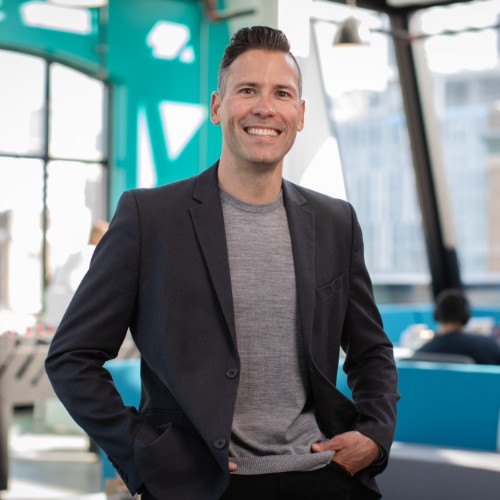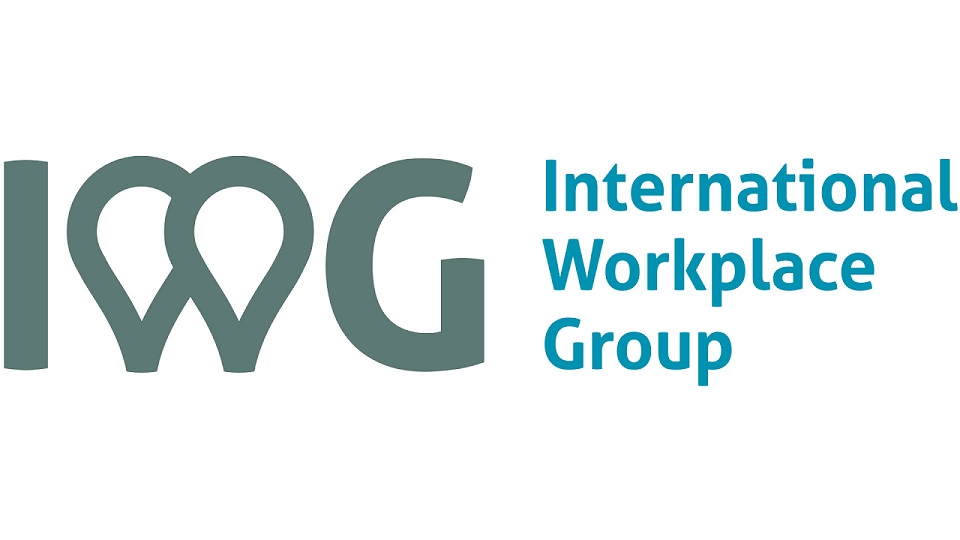Wayne Berger is the CEO of IWG North America and Latin America. IWG, short for International Workforce Group, boasts thousands of coworking spaces internationally. And on this episode of the podcast, he explains how IWG blew past those big names in coworking spaces to build a business that can last. What did IWG do differently? What were the gaps in the market IWG spotted that others ignored? And how was data put to use to help IWG identify what no one else could see? All that and more on this episode of Business X factors.
Main Takeaways:
- Don’t Jump on the Bandwagon: While there may be short-term benefits in following trends or the sexiness of the latest fad, this approach may not lead to significant growth. Seeking novelty can also kill off true innovation and could lead companies to develop products that are inconsistent with their culture and values. Great brands know how to distinguish the latest fad from powerful ideas that they have spotted on the horizon. Find ways of advancing ideas that resonate with core values. Find out with data where society is heading and explore ways in which your brand can align with that direction.
- Be a Differentiator: In the words of Theodore Levitt, a professor at Harvard Business School, “Differentiation is one of the most important strategic and tactical activities in which companies must constantly engage.” To communicate your company’s distinct capabilities means highlighting how both your unique selling proposition and the customer value proposition differ from competitors. To determine what your core differentiators are: Evaluate your competitors to understand their strengths and weaknesses, analyze customer experience and focus on the characteristics that set you apart.
- Find the Gaps: In a competitive or changing market, it is important to determine whether there are gaps that you can exploit. To identify gaps, you need to play to your strengths as you need to have existing skills and knowledge. Step into the mind of the customer to identify where their attention is shifting to. Research market trends. Take a global view using technology not found in your area. Adapt a business current idea for a new market. Find an innovative solution to a problem. Stay on top of legislation changes that could open a new market. Communicate the gap that you found to take customers along on the journey.
Key Quotes:
“As all this growth was taking place around us, and frankly, as the kind of sexiness of the sector was growing, it would have been really easy to try to do what other people were doing. As a matter of fact, we would occasionally hear from, let’s call it experts or journalists, that, you know, our company at the time known as Regus may have been yesterday’s co-working business center type of phenomenon.”
“Coworking has really become on-trend, if not sexy, over the last six years. I’ve been with the organization for seven years, and I can recall when I first started going through the process of having a chance to work with IWG. One of my questions was when I first learned about the model, I thought, ‘Wow, that’s really interesting. And then why didn’t I think of that?’”
“The reality is you think about it, many of those leases and all conventional leases for the most part, many of those leases were signed at the longest commercial bull run in history in the downtown core, which drives the highest lease rates, the highest OPEX rates. So your capital cost structure is so demanding on a new business.”
“We were fortunate to have 25 and now 30 years of demand data and customer data that frankly, we utilize to help us understand where do people want to go next. And that was really powerful for us. And it was a big differentiator because we also have a brand diversified strategy where the only player in the industry that actually manages and operates more than one brand.”
“What’s really interesting is the concept of a workspace is going to change dramatically over the next five years. But workspace is becoming more ubiquitous where people are going to start using space in a more fluid fashion, similar to how they’re utilizing, for example, Airbnb or other platforms. This whole shift is starting to really move. So, we utilize our user data to understand how often they select certain brands.”
“We’ve been making significant investments in our digital services because what we’re recognizing is the future, the future worker, they’re hybrid workers, they’re going to work from home part of the time. They’re going to go to a corporate headquarters part of the time, and then they’re going to need to work from somewhere else part of the time. And by the way, their commute could look like work time as well.”
Bio:
Mark Papermaster is the Chief Technology Officer and Executive Vice-President of Technology and Engineering at AMD and is responsible for corporate direction, product development including system-on-chip (SOC) methodology, microprocessor design, I/O and memory and advanced research. He led the re-design of engineering processes at AMD and the development of the award-winning “Zen” high-performance x86 CPU family, high-performance GPUs and the company’s modular design approach, Infinity Fabric. Papermaster has more than 35 years of engineering experience. Previously he was the leader of Cisco’s Silicon Engineering Group and he served at Apple as senior vice president of Devices Hardware Engineering, where he was responsible for iPod and iPhone hardware development.
—
Business X factors is produced by Mission.org and brought to you by Hyland.
For over a decade, Hyland has been named a Leader in the Gartner Magic Quadrant for Content Services Platforms, leading the way to help people get the information they need when and where they need it. More than half of 2019 Fortune 100 companies rely on Hyland to help them create more meaningful connections with the people they serve. When your focus is on the people you serve, Hyland stands behind you. Hyland is your X factor for better performance. Go to Hyland.com/insights to learn more.




